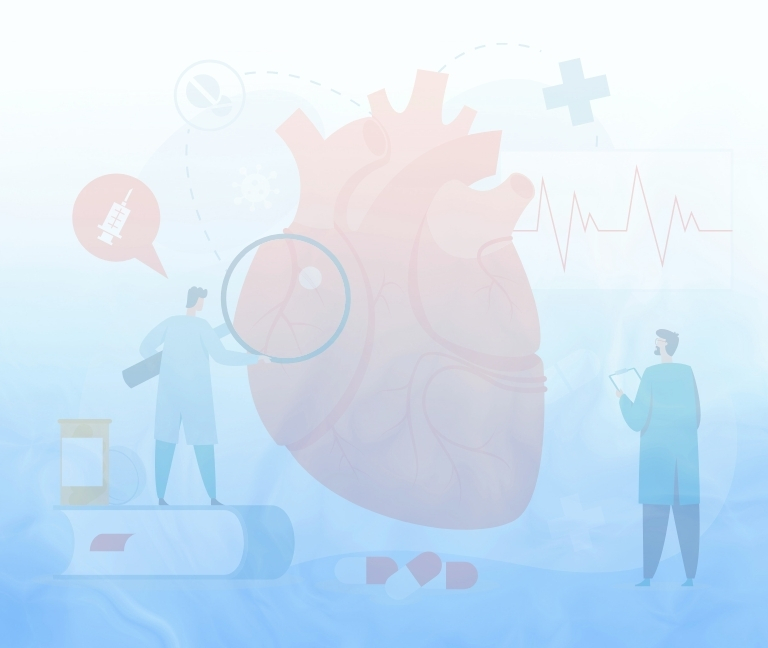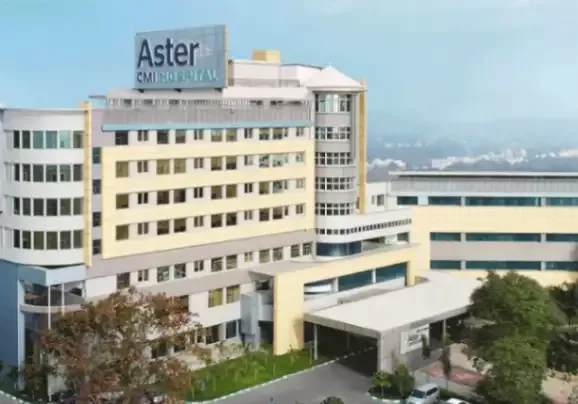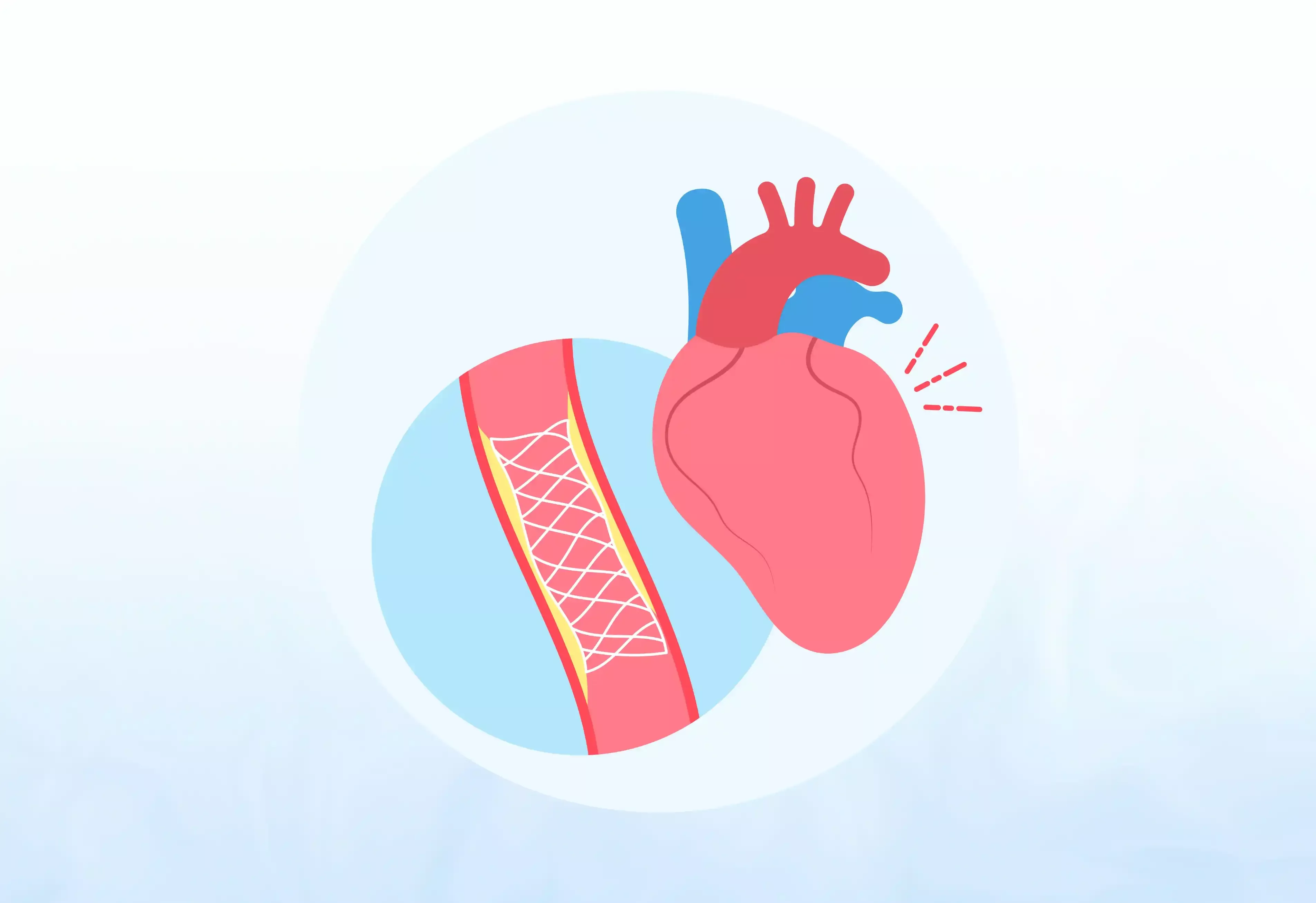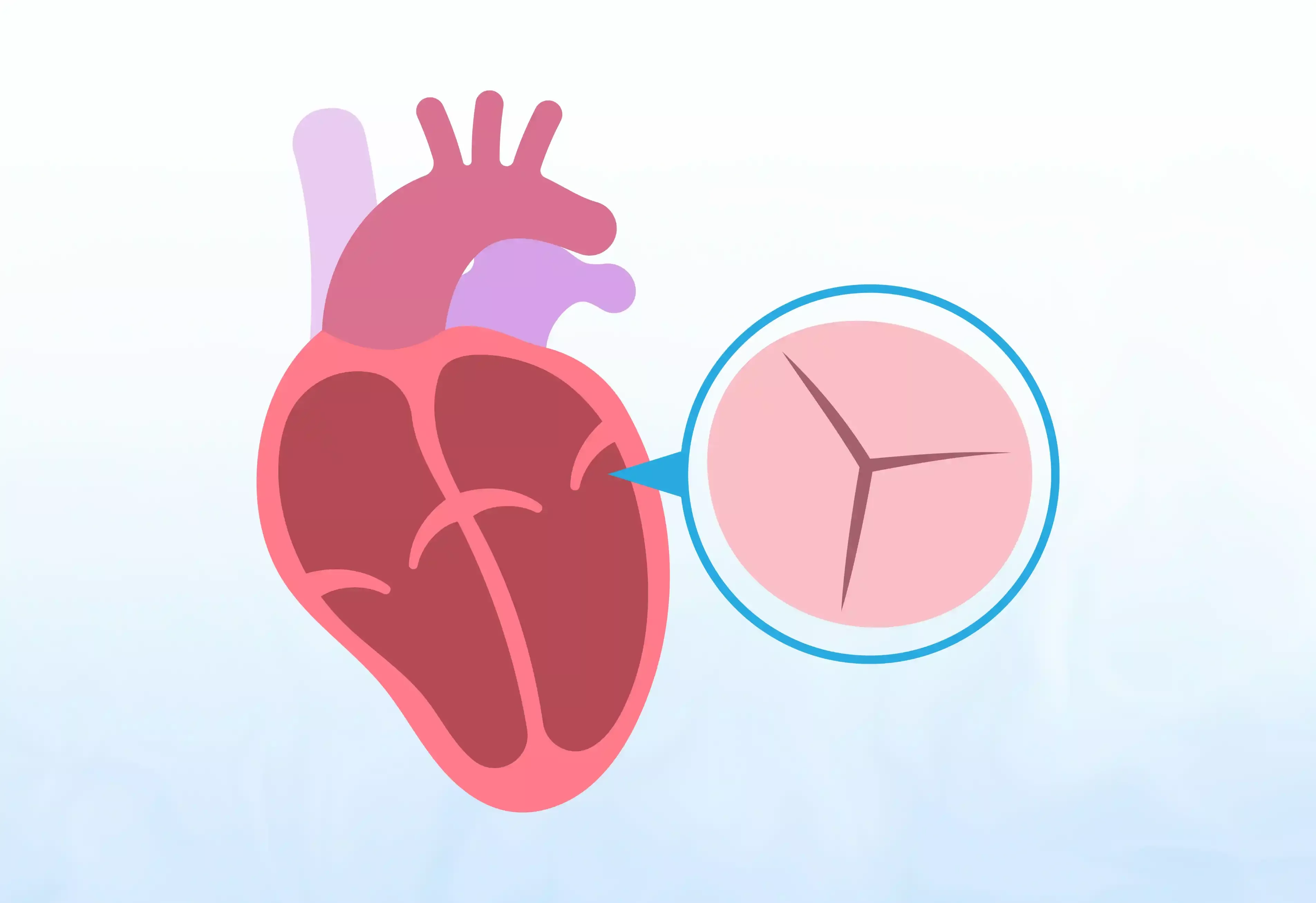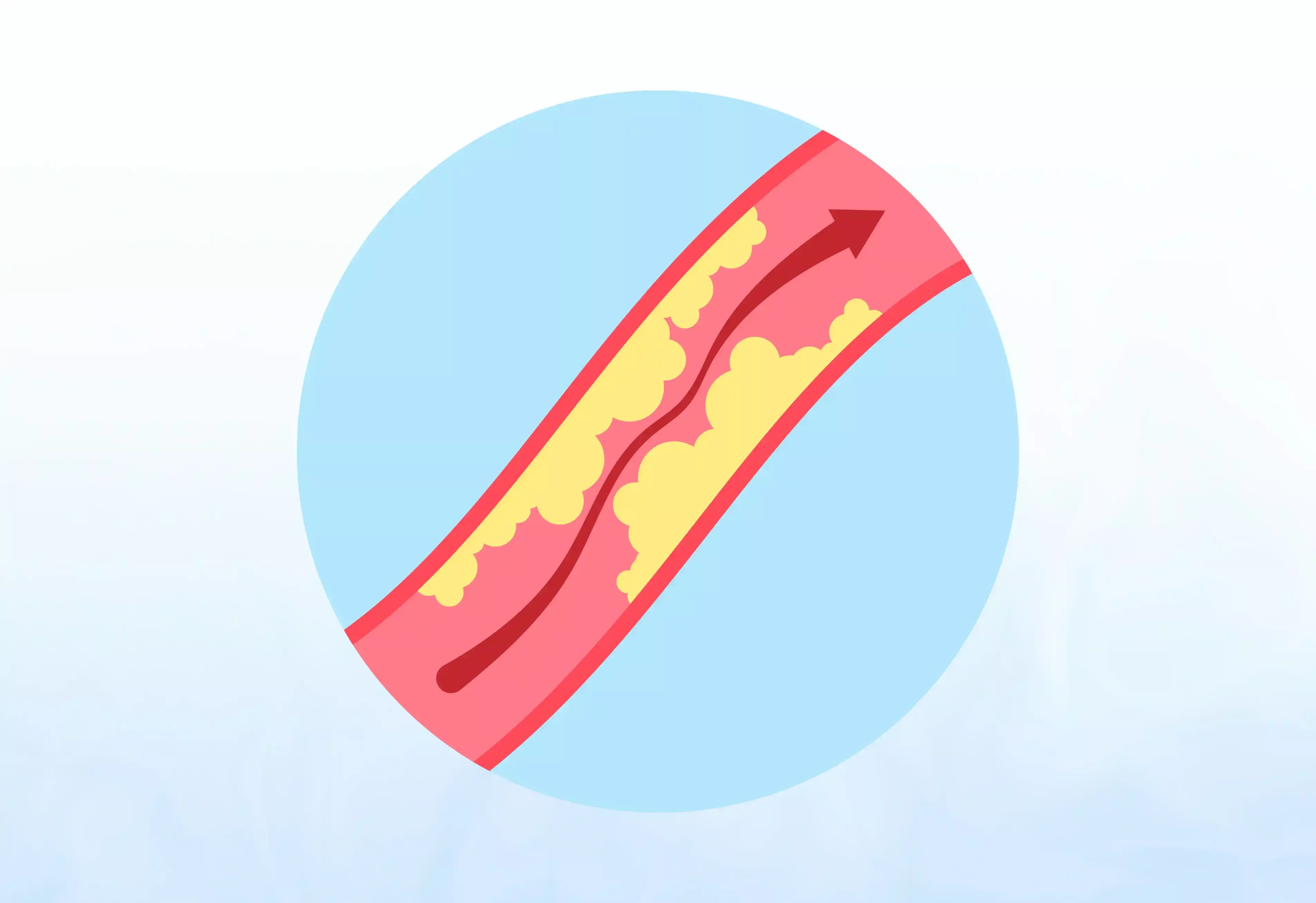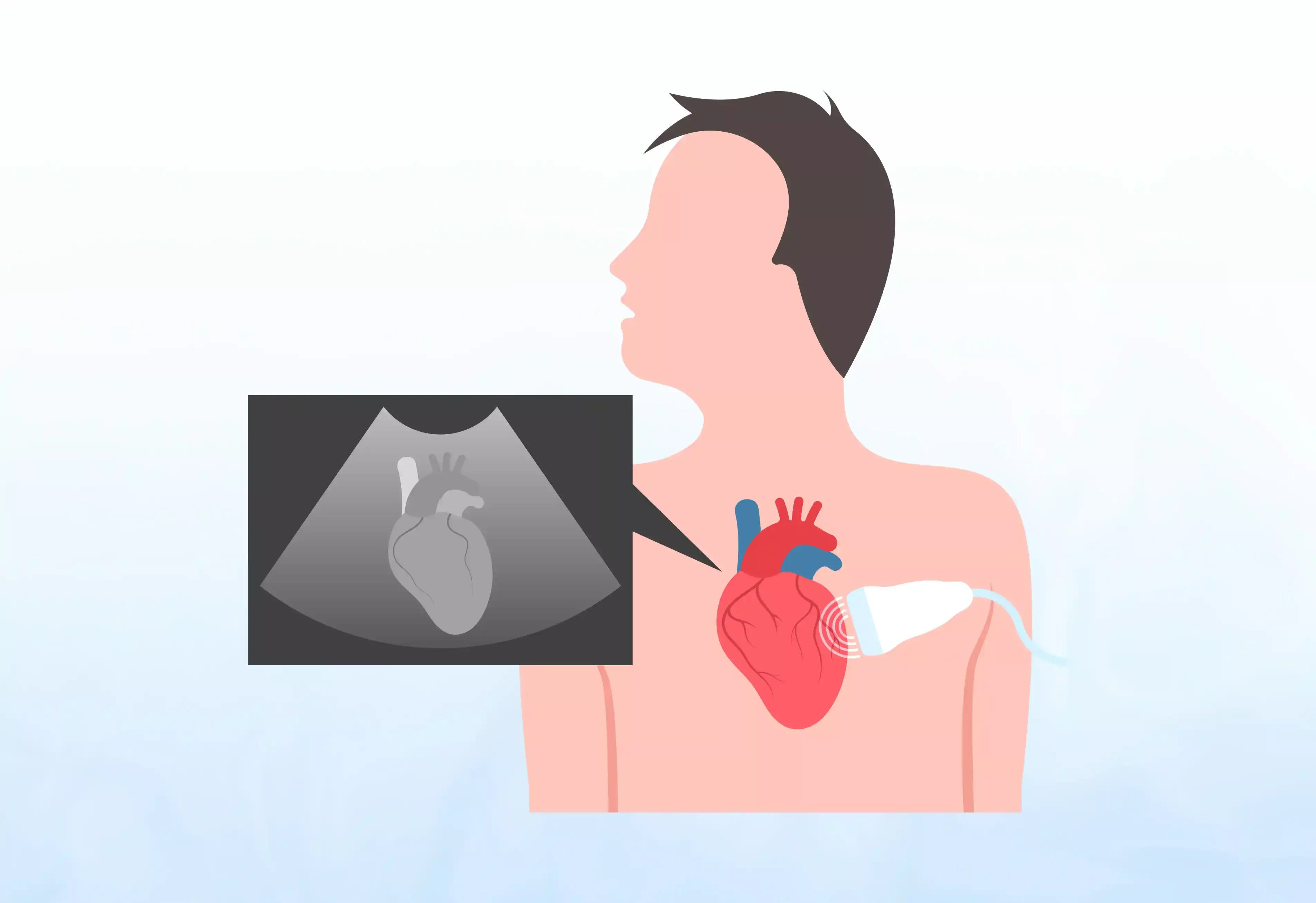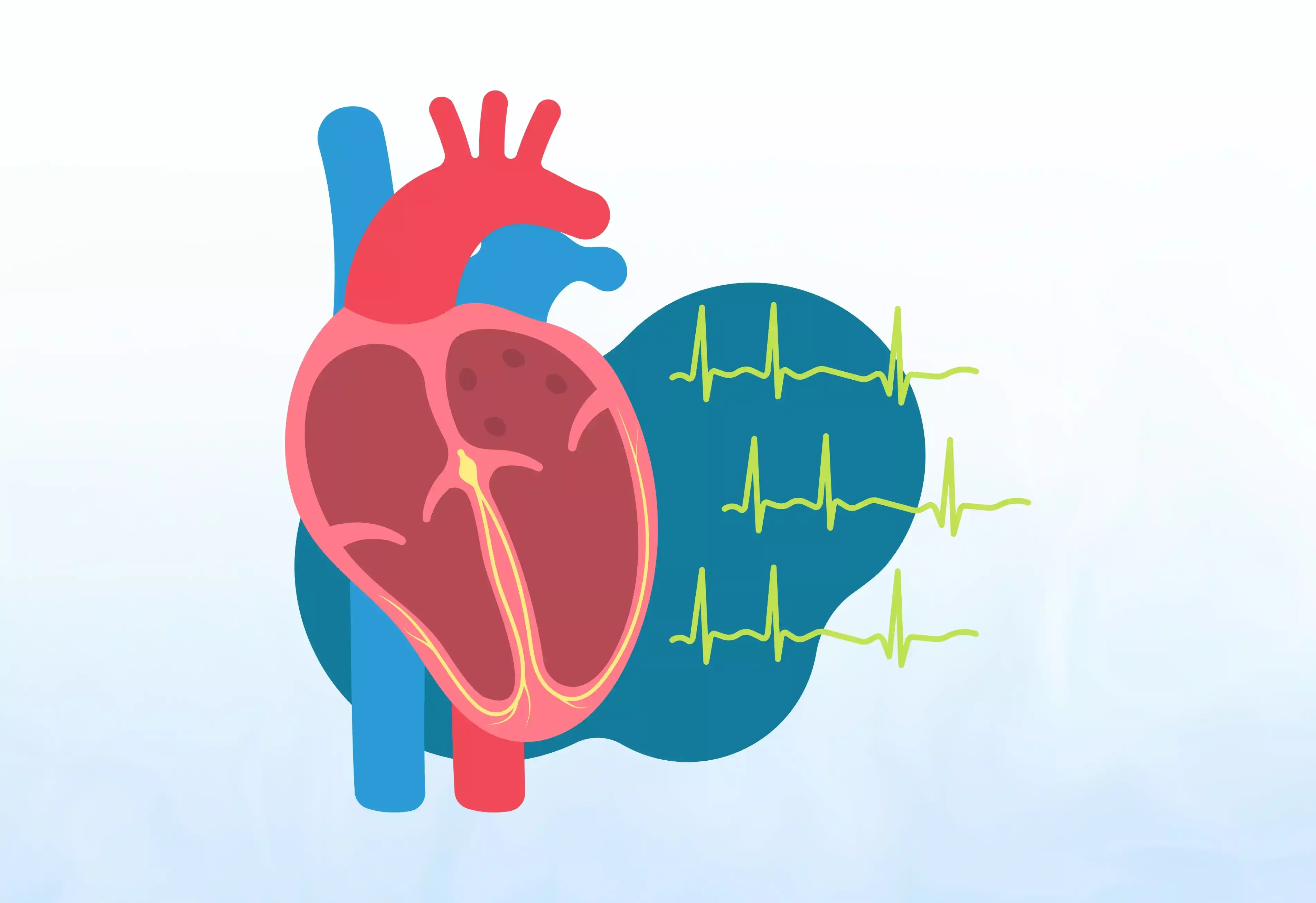Overview
At Aster CMI Hospital, our cardiothoracic and vascular surgery (CTVS) department is at the forefront of cardiovascular and thoracic surgery, offering a range of advanced surgical treatments. Our team of expert cardiothoracic surgeons and cardiovascular surgeons is proficient in procedures from keyhole bypass surgery to complex heart transplants, ensuring comprehensive care.
Treatments & Procedures
We have some of the best specialty doctors from around the world, they bring years of experience and offer evidence-based treatment to ensure the best care for you.
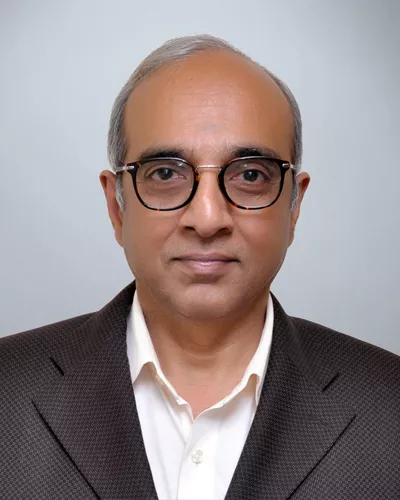
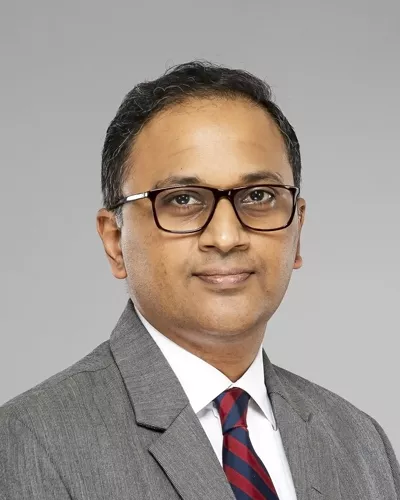
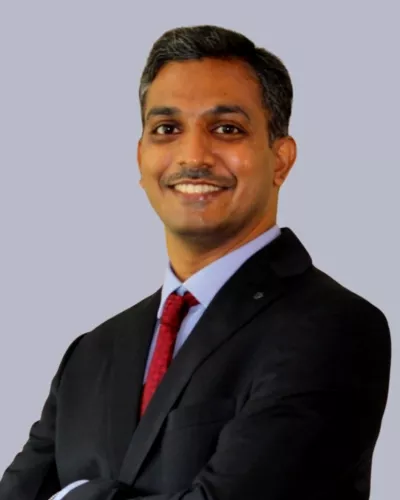
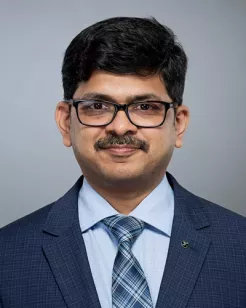
Minimally invasive cardiac surgery includes techniques that allow surgeons to perform surgery through smaller incisions than those used in traditional open-heart surgery.
Candidates are determined based on their medical history, current health condition, and a thorough evaluation by our cardiothoracic surgeons.
Heart valve operation may involve either repairing the existing valve to make it work better or replacing it with an artificial valve if repair is not feasible.
Heart transplants are typically reserved for patients with end-stage heart failure or severe heart damage where other treatments have failed.
It involves bypassing the blocked coronary arteries using a blood vessel graft to improve blood flow to the heart muscle, performed through smaller incisions.
Benefits include reduced pain and scarring, shorter hospital stays, quicker recovery, and less risk of infection.
Recovery can vary depending on the specific procedure but generally includes pain management, gradual physical therapy, and regular follow-up visits.
Common risks include bleeding, infection, stroke, and reactions to anesthesia, but the severity and likelihood vary per individual.
While surgery can significantly improve symptoms and quality of life, it is not a cure for heart failure but a treatment to manage its symptoms and complications.
The length of stay can vary, but many patients go home in 2 to 5 days post-surgery, depending on their recovery speed and procedure complexity.

